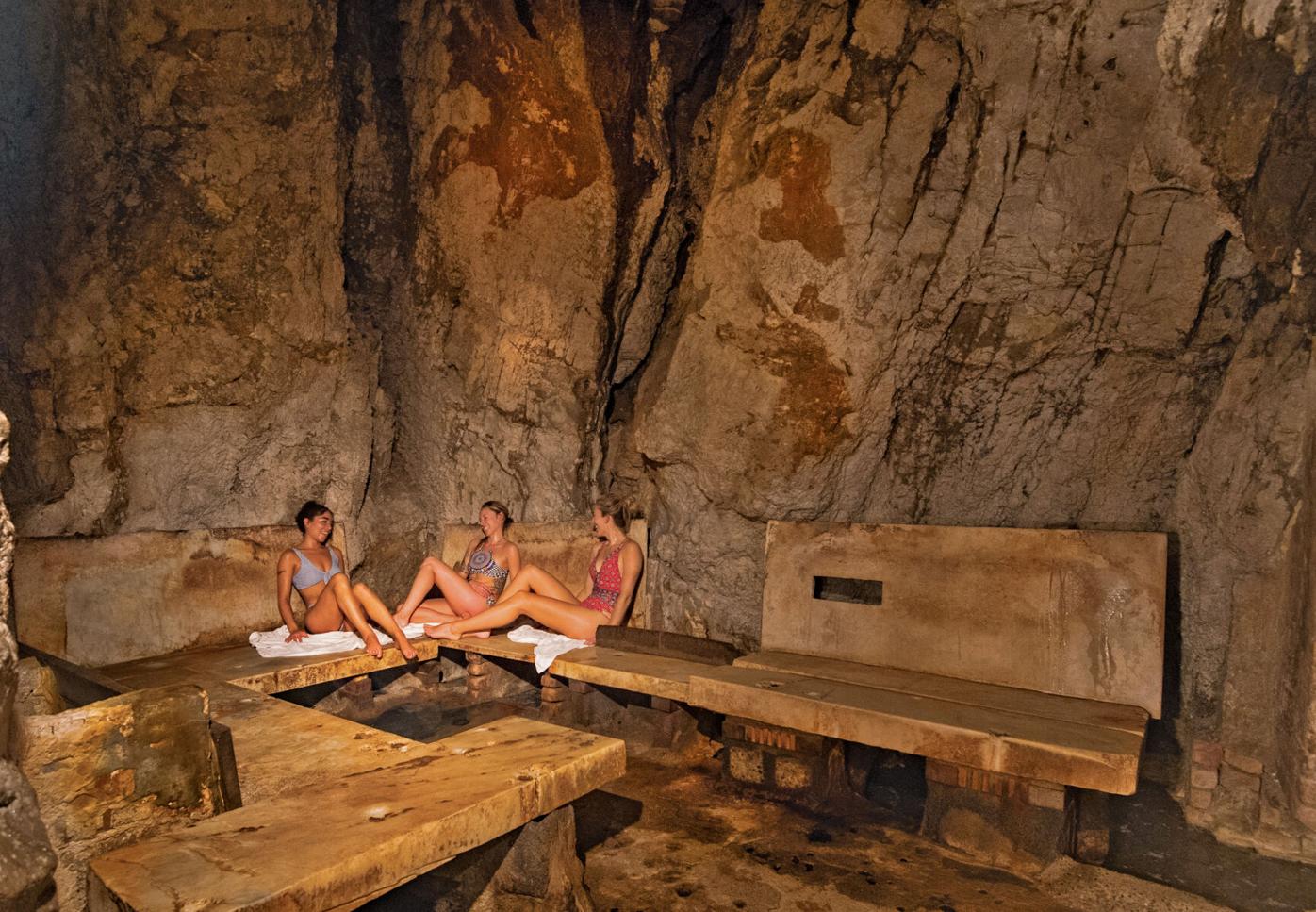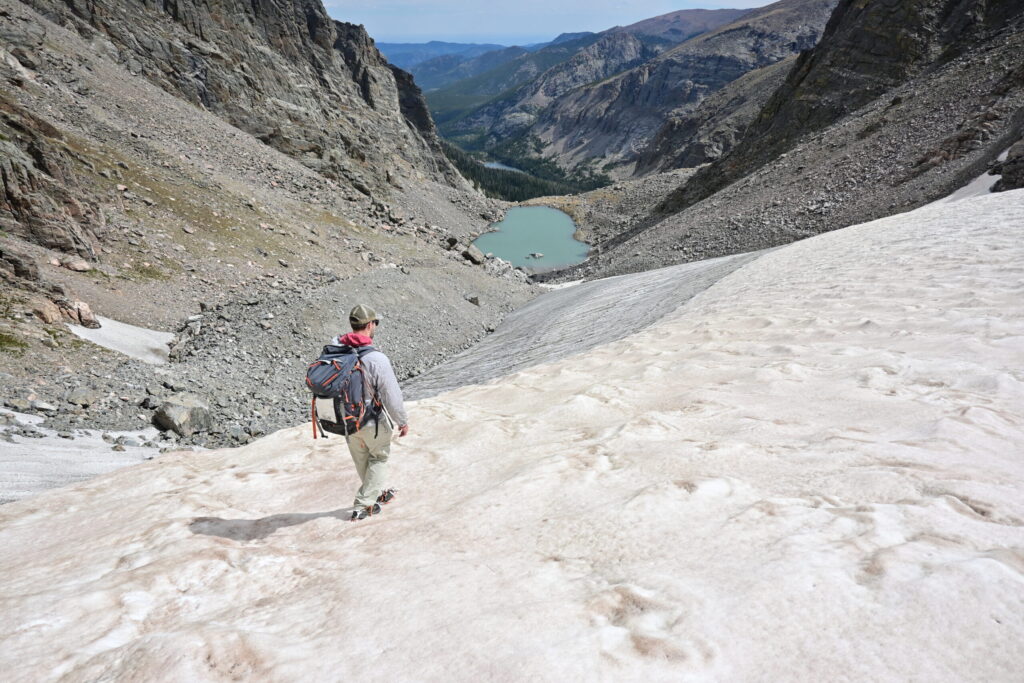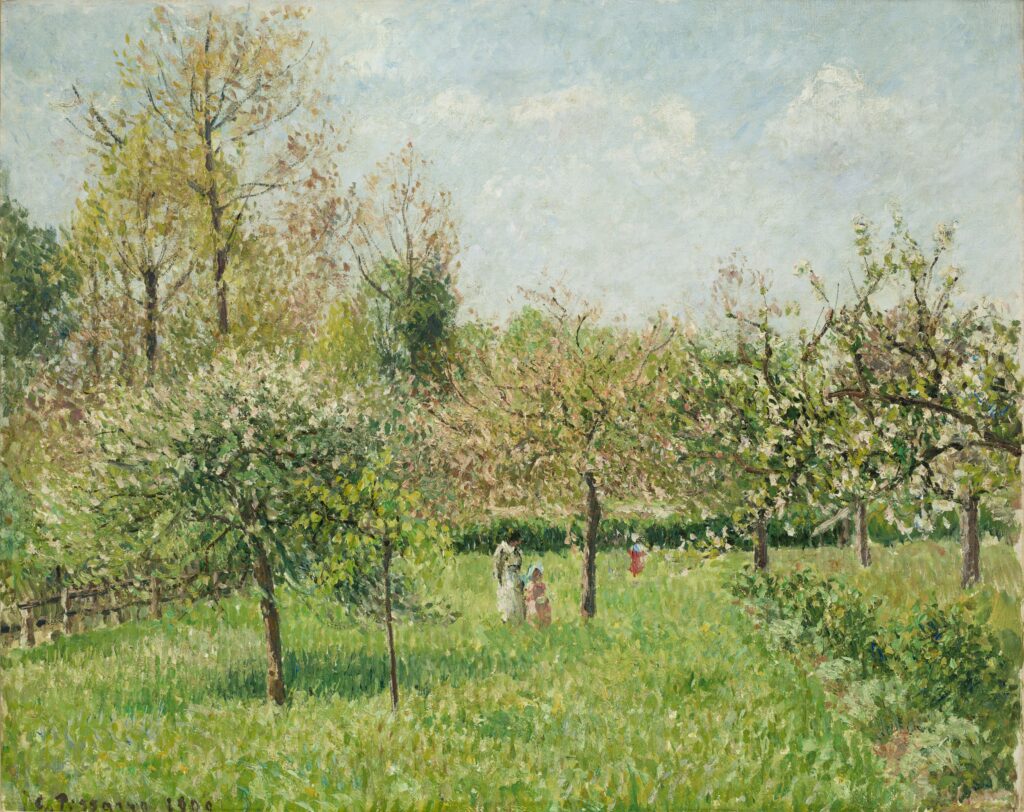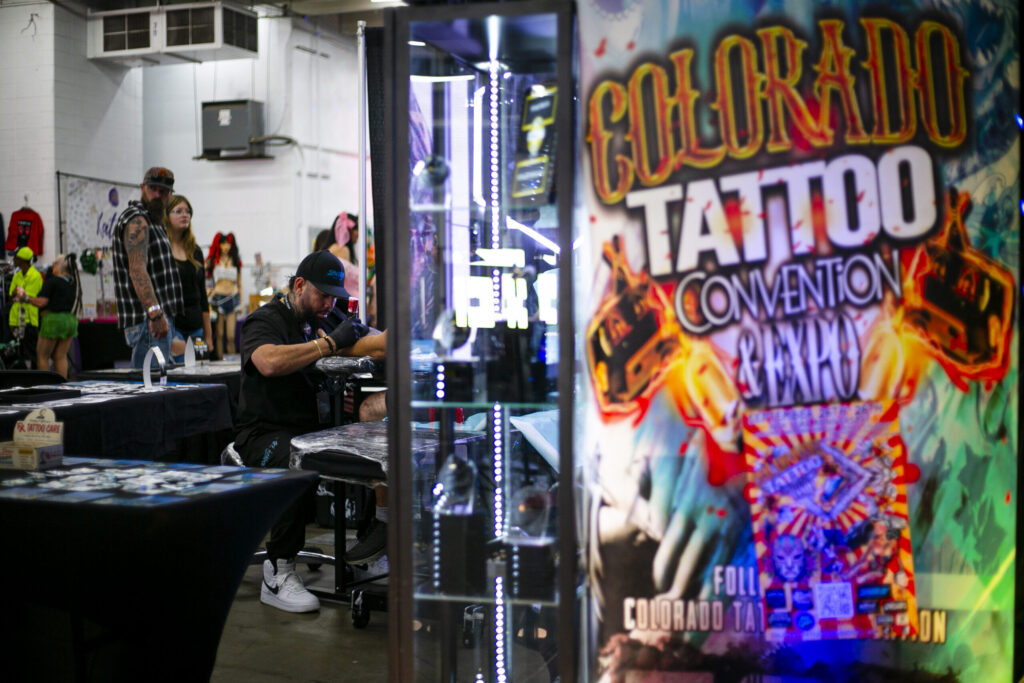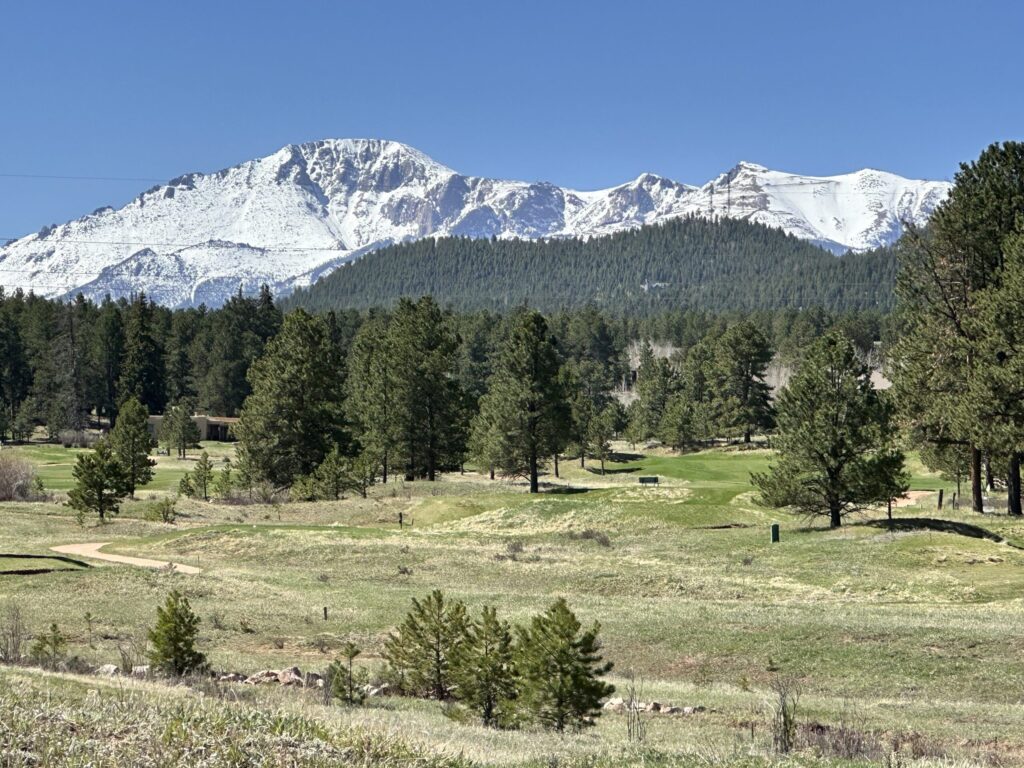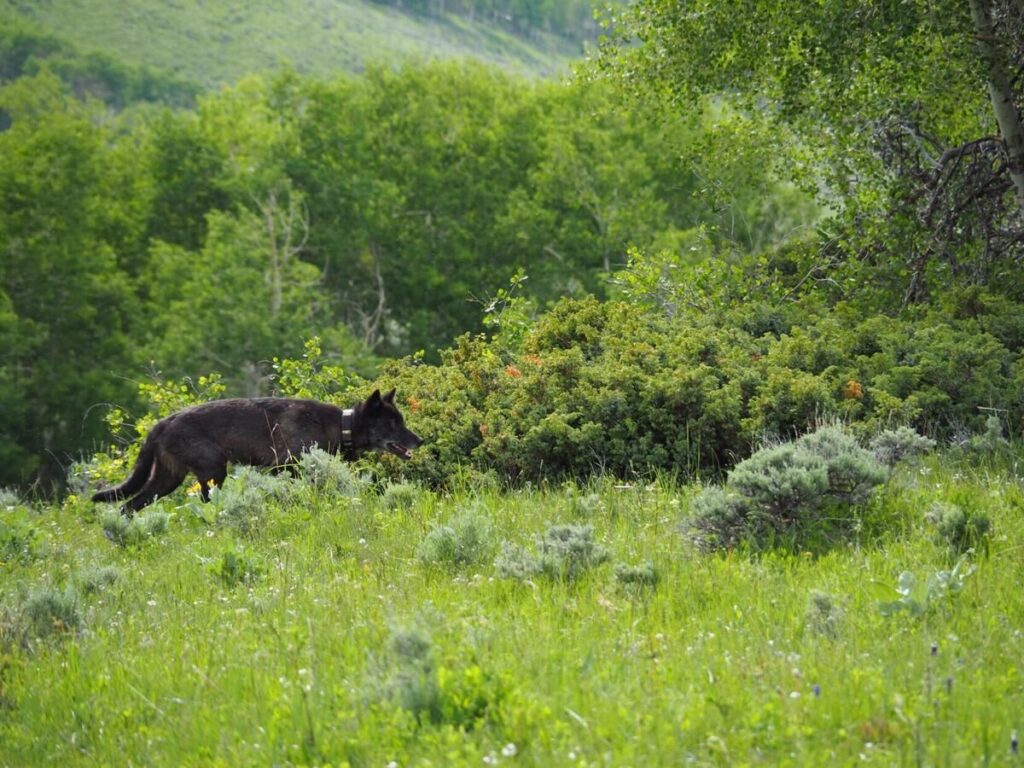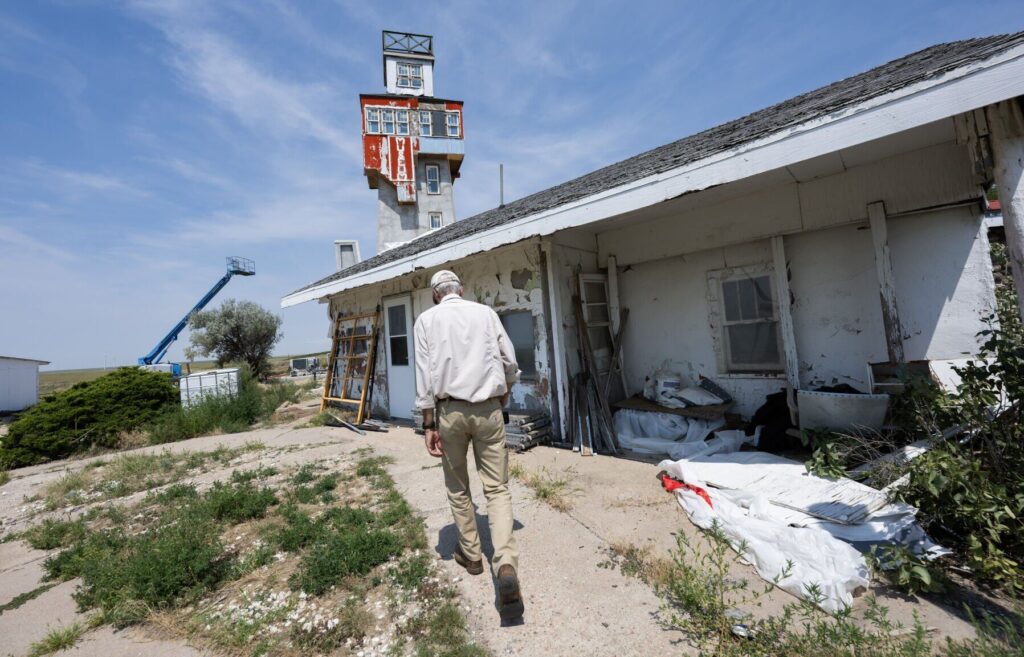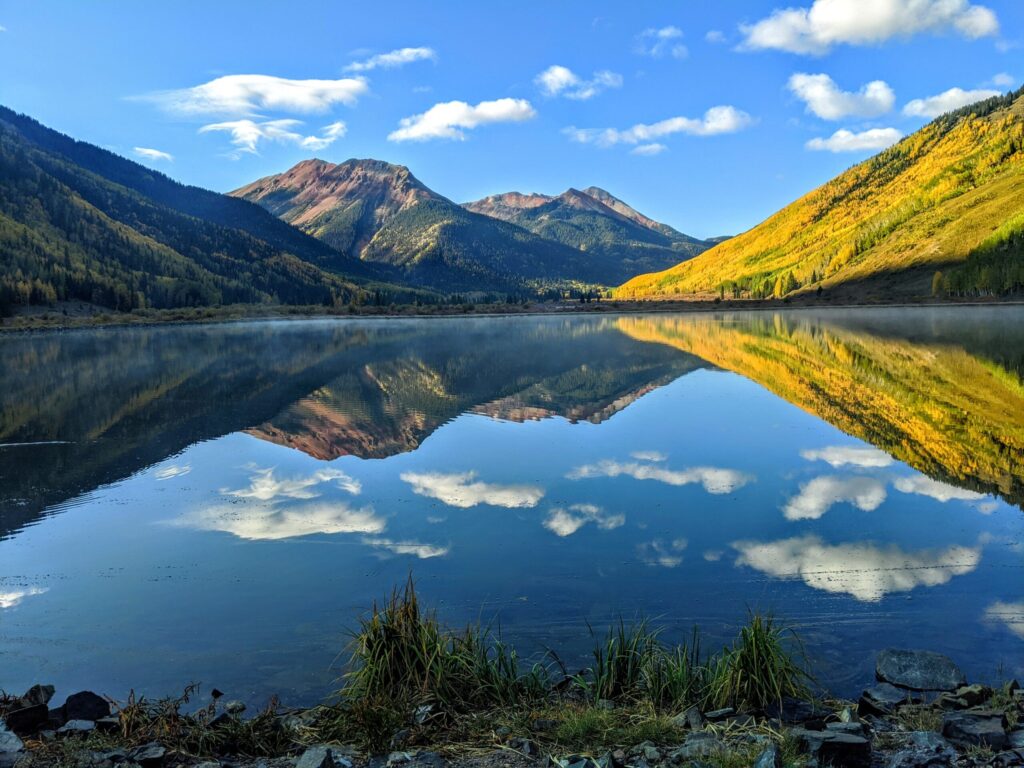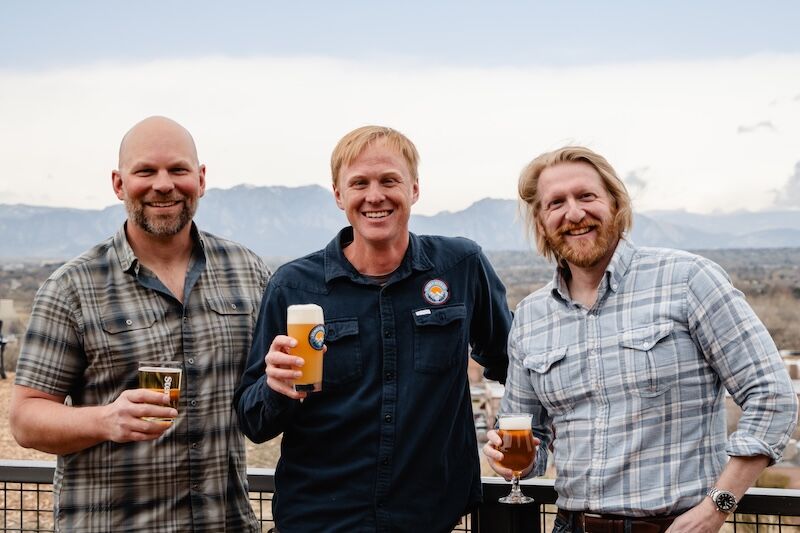In Colorado’s vapor caves, owning family hopes for cleansing and awakening
GLENWOOD SPRINGS • Late into the night of the summer solstice, deep in a subterranean chamber of ancient rock and hot vapor, there could be heard soft songs and prayers.
Songs of gratitude. Prayers of hope. Words from an Indigenous language, spoken by tribal women who were called grandmother by the few invited to this ceremony honoring the season turning — and honoring the place held sacred by people over untold time.
“I look at the cave as the womb of Mother Earth,” says Melinda Delmonico.
Since her family took ownership of Yampah Spa and Vapor Caves two years ago, she has felt what she describes as a sacred duty.
For her, the term “stewardship” goes beyond the health and wellness business that has been a Glenwood Springs fixture for more than 100 years. “Stewardship” goes beyond the physical maintenance of the otherworldly terrain beneath the spa, Melinda says.
“It’s making sure the traditions of the cave are well cared for,” she says.

Alex Delmonico walks down the stairs into the vapor caves Thursday, June 20, 2024, at the Yampah Spa and Vapor Caves in Glenwood Springs, Colo.
Hence the ceremony this summer.
Previously, a medicine man led a blessing, followed by a shaman’s arrival for the fall equinox. The occasions returned Native people to the hot springs-fed caves they frequented long before commercial powers prevailed in Glenwood. The early people knew the mineral waters seeping and evaporating in the caverns to be restorative. “Yampah” is from a Ute word meaning “Big Medicine.”
The Delmonicos do not charge Indigenous people to “soak” in the Yampah cave. Those people know to be quiet underground — the only sound the trickle and gurgle of water traveling toward the Earth’s scorching core and back up — while other visitors heed the sign at the staircase descending to the realm of stalagmites and stalactites. “Please respect the vapor caves as a place of quiet,” the sign reads.
“Like going to a church or something, you don’t go into a cathedral and start having a conversation,” says Melinda’s husband, Scott.
It is, indeed, like a place of worship for their son, Alex. While many can only stand the heat for so long — often pushing 110 degrees — he’s known to lose track of time there on the same marble benches installed in the 1890s, alone and still with his thoughts.
“It’s powerful for me,” Alex says. “It’s kind of my sanctuary.”
Alex oversees the day-to-day at Yampah Spa while his parents run a successful, long-going Denver business specializing in recruiting and staffing in the legal industry. The spa and cave would seem an unlikely pivot.
Though, family vacations in Glenwood Springs go back decades, back to when Scott was a child. The vacations were defined by attractions other than the one for a massage and “soak” much different from the big, famed hot springs pool.
“I didn’t really know much about the caves,” Scott says. But “Melinda was here quite a bit, because she felt attached to the caves.”
Melinda has long been drawn to Indigenous cultures and sites. Travels have taken her to tribal lessons and rituals in Turkey, India, Egypt, Peru and beyond.
One thing she has learned: “It’s important for us to follow our intuition.”
So she says she did in the summer of 2021. During a visit to the vapor caves, she says she felt compelled to ask about the owner. This led her to Patsy Steele, who sounded ready to sell after 30-plus years in business.

Glenwood Springs’ commercialized vapor caves go back 100-plus years.
A deal was done that next summer. Ever since, the Delmonicos have been busy renovating and reimagining the building that rose in 1893.
“We want to class it up, modernize it and bring up the level of service,” Alex says. “We do own the spa, and that to me is the business. But as for the caves, it’s just about protecting it, maintaining it and honoring it.”
From under-construction spa rooms upstairs, he looks out the window to a place across Interstate 70, beside the train tracks. It was the place known by Ute people before settlers in the 1800s came to call it Cave No. 1. The cave has since been scarred and sealed by the railway.
“It really should be a sacred, protected site,” Alex says. “To have a railroad just fill it in, it’s pretty sad.”
A book on the vapor caves’ history traces Cave No. 1’s demise to the railroad’s 1887 arrival. The book, “Yampah Spa: Centuries of Cleansing Vapors,” was published for the venue’s 1993 centennial.
Reads the opening page: “The Ute Indians took advantage of the caves’ curative powers for hundreds of summers before white men ‘discovered’ the area in the mid-1800s.”
Following the Meeker Massacre in 1879, the tribe would be forcibly moved to remote reservations. While those people suffered, word of their “vapor baths” continued to spread across encroaching civilization.
“Vapor baths” was the phrase of a well-known magazine. Read Harper’s Weekly: “The gatekeeper tells you of old miners from Cripple Creek filled with lead from crown to heels who in a few days rid themselves of their pains in this cavern.”
Profiteers would throw up a sign marking Cave No. 1, also listing times of access for men and women individually — “for modesty’s sake,” read a newspaper account from the day.
Those rules would apply as well for Cave No. 2. It would meet a similar demise by the railroad following its development in 1883 by Defiance Town and Land Co. (the name of the town before Glenwood Springs).
“Not satisfied with this, they drove a tunnel into a mountain on the north side of the river and there made three large chambers inside,” recounted a local paper. “This cave is known as No. 3, and its arrangements for comfort surpass anything known to man.”

The Yampah Spa and Vapor Caves next to Interstate 70 in Glenwood Springs, Colo., Thursday, June 20, 2024. (The Gazette, Christian Murdock)
Yampah Spa and Vapor Caves was born. It developed alongside other attractions that put Glenwood on the international map: Hotel Colorado and the proclaimed largest hot springs-fed pool in the world.
The spa and cave “is not as known as the pool, it’s not as known as the hotel,” Alex says. “But it’s as important to the community.”
Important to communities near and far, the Delmonicos continue to learn.
It’s Melinda’s hope for the future of the place: “that people from around the world continue to come,” she says. “That people are called to come, and they feel that ancient connection.”
A Ute man visited once, “telling us about all these miracles from this cave, about his family and friends, people who were sick,” Scott says. “I wish I would’ve written it down.”
Maybe some things are better left unwritten. Better to feel than to write, suggested the grandmothers overseeing the summer solstice ceremony.
There were songs of gratitude, prayers of hope. Gratitude for ancestors and Mother Earth, prayers for deeper understanding and healing and connection.
There was a feeling that night in the cave.
“I felt such a lightness,” Melinda says, “and just a lot of joy.”






